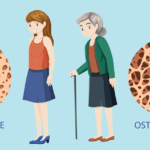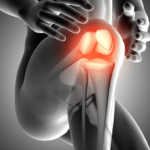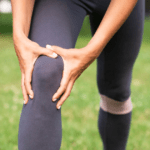A New Drill For Rotator Cuff Shoulder Surgery
February 25, 2014
TEARING Your Rotator Cuff, A Shoulder Muscle Or Tendon No Longer Means Getting Permanent Implants To Help Keep The Internal Stitches In Place.
Since April, National University Hospital (NUH) has been using the ArthroTunneler device, which drills a narrow channel through the shoulder bone of patients. Stitches are then threaded through the “tunnel”, which measures a few millimetres wide, to secure the torn tendon or muscle.
Orthopaedic surgeon Tan Chyn Hong, the head of NUH’s sports medicine division, explained that this eliminates the risk of implants, which have to be anchored to the bone, coming loose. When this happens, the loosened implants may cause pain, so patients will need another operation to have them removed. The implants can also sometimes interfere with medical scans, added Dr Tan.
Other public hospitals such as Singapore General Hospital said they are considering using the tunnelling device, which dates back to 2008 and is sold by Dutch company Tornier, but was made available in Singapore only recently. “As this is a newly launched product in Singapore, we are still reviewing its place in the care of our rotator cuff patients,” said Associate Professor Andrew Tan, a senior consultant orthopaedic surgeon at the hospital. Some doctors remain cautious. Dr Andy Wee, who heads orthopaedic surgery at Khoo Teck Puat Hospital, said the hospital is able to use the device upon patients’ request, but it has not been shown to produce better results than conventional methods. Meanwhile, Raffles Hospital said it still prefers to use implants for rotator cuff surgery, without elaborating.
The tunnelling method is designed for patients who injure their rotator cuff – a group of muscles and tendons that stabilise the shoulder. It is estimated that one in five adults worldwide will be affected by a rotator cuff injury, which is caused by repetitive movements, heavy lifting, or a sudden impact to the arm. The risk increases with age. Athletes who regularly exert their shoulder muscles and tendons, such as tennis players, are also more susceptible.
Surgery is usually needed when the muscle or tendon is torn all the way through. “A torn tendon has no potential to heal. The hole will stay there, or become bigger over time,” said NUH’s Dr Tan. Such tears are usually repaired with keyhole surgery coupled with the use of metal, plastic or biodegradable implants known as suture anchors.
But NUH’s Dr Tan said the tunnelling method is ideal for patients who are concerned about having implants. Madam Linda Ho, 60, the first patient at NUH to opt for the tunnelling method, was worried about having a foreign object placed inside her body. The research nurse, who first experienced a strain in her right shoulder last December, had heard from other patients that implants can feel “cold and painful”. After her surgery in April, she has fully recovered. “I like to put my hand under my head while I sleep, but after the injury I couldn’t even do that,” she said. “Now, I am back to normal and can do everything.”
Article from The Straits Times (Dec 25, 2013)
About the author
Doctor’s News



Doctor’s Medical Insights







